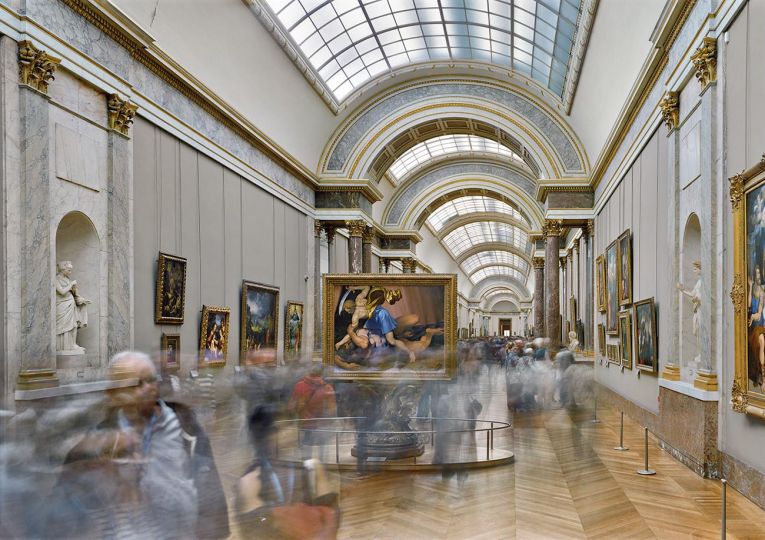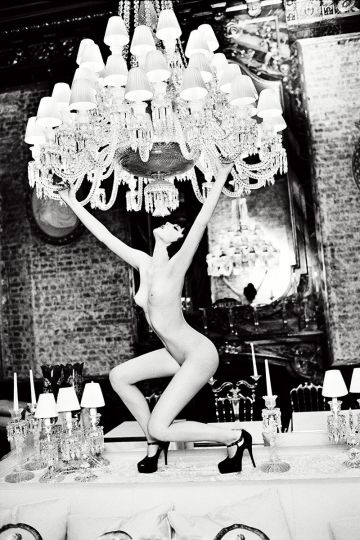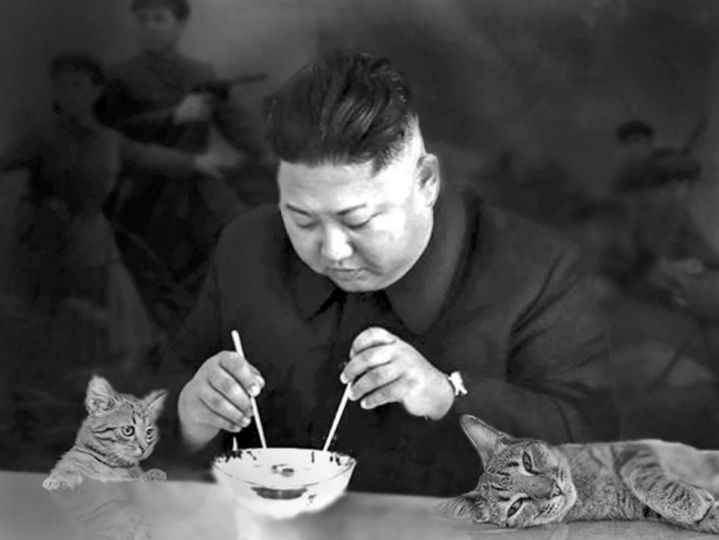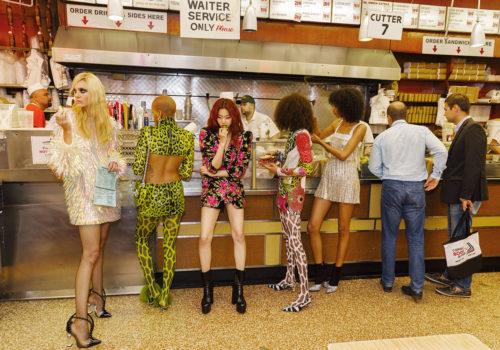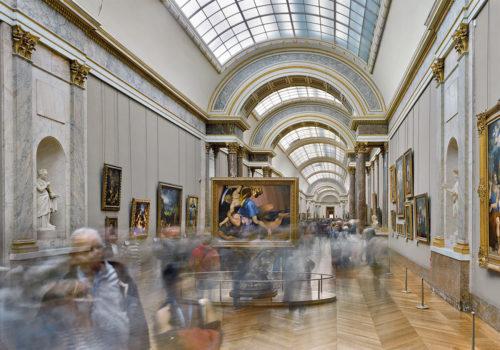“With Florence Henri’s photos, photographic practice enters a new phase, the scope of which would have been unimaginable before today.” László Moholy-Nagy.
Florence Henri’s work has featured in major institutional exhibitions worldwide, but this is the first time in many years that such a large body of the artist’s work is available for sale. The exhibition of Henri’s work comes at a timely moment with the celebration of the Bauhaus Centenary which remembers key movements and figures associated with the school.
Henri trained first as a pianist in Rome and then as a painter under Fernand Léger, from whom she adopted the visual language of Cubism. At the Bauhaus in Weimar in 1924, she was also taught by Paul Klee and Wassily Kandinsky. After enrolling at the Bauhaus school of art, design and architecture in Dessau in 1927, she turned solely to photography. With the encouragement of Hungarian constructivist artist László Moholy-Nagy (1895-1946) and his wife, Lucia Moholy (1894-1989), she explored the latest art movements – Constructivism, Surrealism, Dadaism and De Stjil and experimented with ‘New Vision’ photography as practised by Moholy-Nagy, Man Ray and Aleksander Rodchenko. The influence of her association with El Lissitzky and Piet Mondrian was also significant and is reflected her grid-like compositions of this period (1928-29).
Henri quickly became one of the most celebrated photographers associated with the Bauhaus, appearing in seminal exhibitions such as Film und Foto at Stuttgart in 1929. Henri’s work was displayed alongside her contemporaries Moholoy-Nagy, Kurt Schwitters, Hans Richter, Germaine Krull, Man Ray, Cecil Beaton and many more. Tt was Henri and Krull’s which were identified as ‘true’ avant-garde photographers at the time. Henri’s inclusion in Foto Auge, one of the most important exhibitions on 20th-century photography edited by Franz Roh, positioned her as one of the leading experimental photographers of the period.
Henri subverted the formal elements of photography to construct the image surface at will. Often using mirrors to manipulate reality, Henri would create layered ‘compositions’ that expanded conventional spatial planes and as a result, the identity of her subjects. Henri used mirrors for portraits of friends – including Jean Arp, Nelly Van Doesburg, Sonia Delaunay, Wassily Kandinsky, Fernand Léger and Margarete Schall – as well as self-portraits.
In 1929, Henri left the Bauhaus and returned to Paris to open a studio and school of photography. She produced many still life collages, sensual female nudes that included natural elements such as shells and plants, and a major series of photomontages based on prints she obtained on a trip to Rome. Many of her pupils went on to become renowned photographers: Gisèle Freund, Ilse Bing and Lisette Model. Henri herself gave up photography and returned to painting in the 1950s-60s, when she moved to Picardie where she lived until her death in 1982. A selection of her paintings from this period will be on display.
Florence Henri – Reflecting Bauhaus
28 March – 18 May 2019
Atlas Gallery
49 Dorset Street
London W1U 7NF



